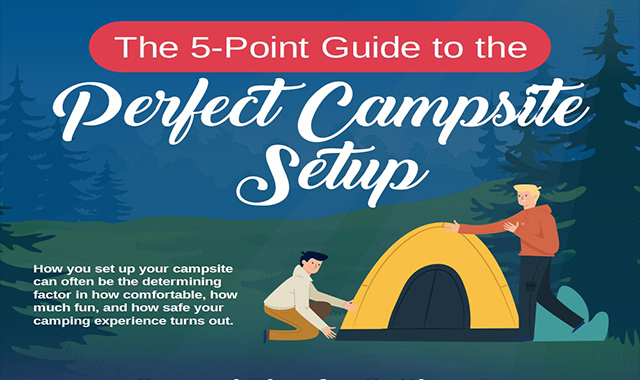Winter outdoor camping is a fun and daring experience, but it calls for appropriate gear to guarantee you stay cozy. You'll need a close-fitting base layer to catch your body heat, together with an insulating coat and a waterproof covering.
You'll also require snow risks (or deadman supports) hidden in the snow. These can be connected utilizing Bob's smart knot or a regular taut-line hitch.
Pitch Your Outdoor tents
Winter months outdoor camping can be an enjoyable and adventurous experience. However, it is essential to have the proper gear and recognize just how to pitch your camping tent in snow. This will avoid cold injuries like frostbite and hypothermia. It is additionally vital to consume well and stay hydrated.
When setting up camp, see to it to select a site that is sheltered from the wind and free of avalanche threat. It is likewise a great idea to load down the location around your camping tent, as this will help in reducing sinking from temperature.
Before you set up your outdoor tents, dig pits with the exact same size as each of the support factors (groundsheet rings and man lines) in the center of the outdoor tents. Fill up these pits with sand, stones or even things sacks full of snow to compact and safeguard the ground. You may also intend to think about a dead-man anchor, which entails connecting tent lines to sticks of timber that are hidden in the snow.
Pack Down the Location Around Your Camping tent
Although not a necessity in the majority of areas, snow stakes (additionally called deadman anchors) are an excellent enhancement to your tent pitching package when outdoor camping in deep or compressed snow. They are primarily sticks that are backpacking developed to be buried in the snow, where they will certainly freeze and develop a strong support point. For best outcomes, use a clover drawback knot on the top of the stick and bury it in a couple of inches of snow or sand.
Set Up Your Outdoor tents
If you're camping in snow, it is a great concept to utilize a tent created for winter season backpacking. 3-season outdoors tents work great if you are making camp below timber line and not expecting specifically extreme weather, however 4-season tents have stronger poles and materials and offer even more defense from wind and heavy snowfall.
Make certain to bring sufficient insulation for your resting bag and a warm, completely dry inflatable floor covering to sleep on. Inflatable mats are much warmer than foam and aid avoid cool spots in your outdoor tents. You can also include an extra mat for resting or cooking.
It's likewise a good idea to establish your tent near to an all-natural wind block, such as a group of trees. This will certainly make your camp more comfy. If you can not find a windbreak, you can produce your very own by digging openings and hiding objects, such as rocks, outdoor tents stakes, or "dead man" anchors (old outdoor tents guy lines) with a shovel.
Tie Down Your Outdoor tents
Snow stakes aren't required if you make use of the right methods to secure your tent. Buried sticks (possibly collected on your method walk) and ski posts work well, as does some version of a "deadman" hidden in the snow. (The concept is to create an anchor that is so solid you will not be able to pull it up, despite having a great deal of effort.) Some makers make specialized dead-man supports, but I choose the simplicity of a taut-line drawback linked to a stick and then buried in the snow.
Understand the surface around your camp, especially if there is avalanche risk. A branch that falls on your camping tent can harm it or, at worst, injure you. Likewise watch out for pitching your outdoor tents on an incline, which can trap wind and lead to collapse. A sheltered location with a reduced ridge or hillside is far better than a steep gully.
